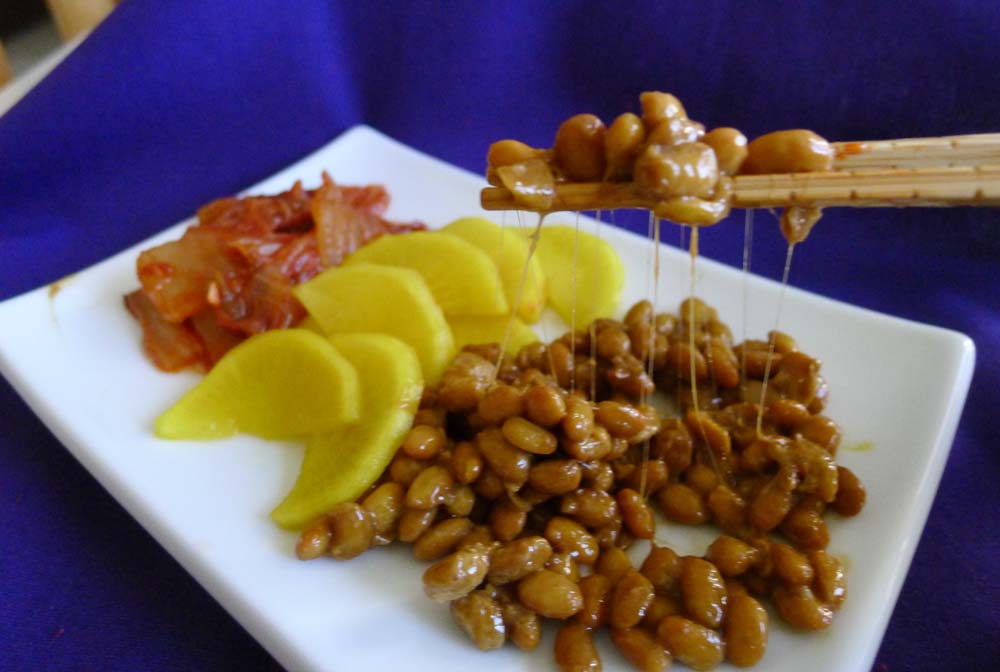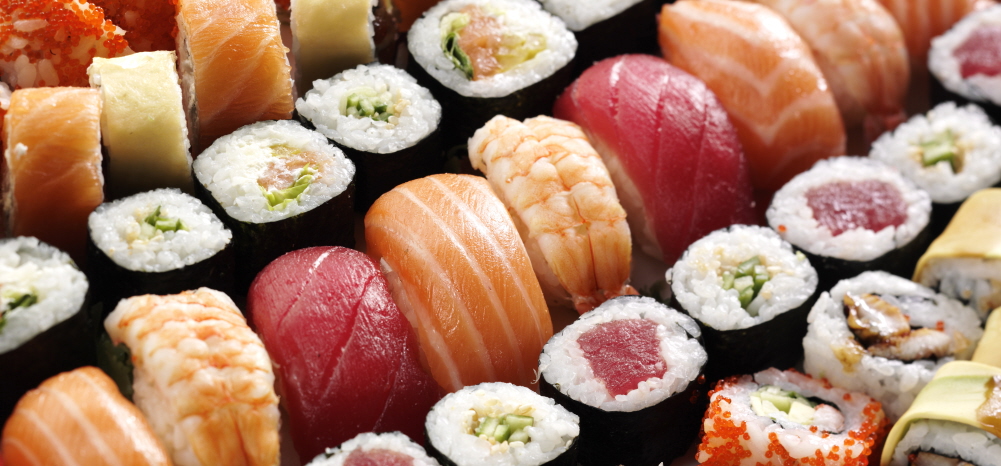December 15, 2008

OK, I can stop whining. I've been on a ramen hunt for a couple of months. But I've finally sated my jones, with a trip top Bento Zanmai on the Hill in Boulder.
Unlike Los Angeles, where a row of ramen shops take up most of a block along Little Tokyo, and San Francisco's Japantown, which has a several stellar restaurants that specialize in ramen, Denver is a ramen-lover's desert island. We're stranded in a place with no ramen in sight, and we're left holding an empty bowl and a pair of chopsticks.
I overstate our condition. We used to go to
Oshima Ramen, but it's not as good as it was when it opened a decade ago. Plus, their ramen is pricey.
We've heard about a couple of Japanese restaurants north of Denver that apparently serve ramen, but we just don't feel like driving that far. We'll make the trip someday.
But when we were dining at one of our favorite restaurants,
Amu, in Boulder (we live close to Boulder, so it's not so far), we were talking with the owner, Nao-san, and we groused that he should serve ramen. He said, quite nonchalantly, that he was already serving ramen. Conversation at the
izakaya's bar, where he was making up people's tapas-like orders, came to a silent halt. The 10 people at the bar asked, in unison, "You make ramen? Why didn't you say so?"
He explained that the ramen was available at his new restaurant, Bento Zanmai, at 13th and College in Boulder's University Hill neighborhood. He warned that the ramen was only available from 3 to 6 pm -- weird hours -- but I was ready. I wanted ramen.
 Homemade kimchee, homemade takuan and natto.[/caption]
I’m a foodie. Everyone knows this. I write about food, I take photos of food everywhere I dine, I love to cook, and I love food from everywhere. One of my personal rules has always been, if someone somewhere in the world eats something, I’m willing to try it… at least once.
So I’ve had chocolate covered ants. Fried grubs. The meat of some strange animals that you wouldn’t think humans ought to eat, like rattlesnake brats.
In a way, I was prepared for this gastronomic open-mindedness (open-stomachnes?) by growing up Japanese. I was raised in Japan until I was 8, but even lifelong Japanese Americans know what I mean when I say that Japanese cuisine -- although hailed today as the epitome of high culture and is accepted as mainstream with commonplace dishes like sushi, ramen, tempura, sukiyaki and teriyaki – can feature some nasty stuff.
Foul-smelling, slimy and icky-textured. Food that’s best swallowed quickly, without chewing or thinking about. No savoring the flavor, just pop it in and send it down the chute.
A lot of people probably would disagree with me, but I feel that way about oysters. I think they’re gross. Keeping my personal rule in mind, I’ll eat them if I’m at a nice restaurant in a town like Boston, where oysters are de rigeur. But I won’t seek them out and suggest an oyster bar for a night out.
It’s ironic, then, that people who would slurp down an oyster at a moment’s notice would probably themselves grossed out at some things I love: Raw eggs mixed with soy sauce and drizzled on hot rice; natto (fermented soy beans) mixed with soy sauce and mixed with hot rice; crunchy takuan; oden, an odiferous winter stew.
Homemade kimchee, homemade takuan and natto.[/caption]
I’m a foodie. Everyone knows this. I write about food, I take photos of food everywhere I dine, I love to cook, and I love food from everywhere. One of my personal rules has always been, if someone somewhere in the world eats something, I’m willing to try it… at least once.
So I’ve had chocolate covered ants. Fried grubs. The meat of some strange animals that you wouldn’t think humans ought to eat, like rattlesnake brats.
In a way, I was prepared for this gastronomic open-mindedness (open-stomachnes?) by growing up Japanese. I was raised in Japan until I was 8, but even lifelong Japanese Americans know what I mean when I say that Japanese cuisine -- although hailed today as the epitome of high culture and is accepted as mainstream with commonplace dishes like sushi, ramen, tempura, sukiyaki and teriyaki – can feature some nasty stuff.
Foul-smelling, slimy and icky-textured. Food that’s best swallowed quickly, without chewing or thinking about. No savoring the flavor, just pop it in and send it down the chute.
A lot of people probably would disagree with me, but I feel that way about oysters. I think they’re gross. Keeping my personal rule in mind, I’ll eat them if I’m at a nice restaurant in a town like Boston, where oysters are de rigeur. But I won’t seek them out and suggest an oyster bar for a night out.
It’s ironic, then, that people who would slurp down an oyster at a moment’s notice would probably themselves grossed out at some things I love: Raw eggs mixed with soy sauce and drizzled on hot rice; natto (fermented soy beans) mixed with soy sauce and mixed with hot rice; crunchy takuan; oden, an odiferous winter stew.





 OK, I can stop whining. I've been on a ramen hunt for a couple of months. But I've finally sated my jones, with a trip top Bento Zanmai on the Hill in Boulder.
Unlike Los Angeles, where a row of ramen shops take up most of a block along Little Tokyo, and San Francisco's Japantown, which has a several stellar restaurants that specialize in ramen, Denver is a ramen-lover's desert island. We're stranded in a place with no ramen in sight, and we're left holding an empty bowl and a pair of chopsticks.
I overstate our condition. We used to go to
OK, I can stop whining. I've been on a ramen hunt for a couple of months. But I've finally sated my jones, with a trip top Bento Zanmai on the Hill in Boulder.
Unlike Los Angeles, where a row of ramen shops take up most of a block along Little Tokyo, and San Francisco's Japantown, which has a several stellar restaurants that specialize in ramen, Denver is a ramen-lover's desert island. We're stranded in a place with no ramen in sight, and we're left holding an empty bowl and a pair of chopsticks.
I overstate our condition. We used to go to  The ebb and flow of New York neighborhoods is a great example of how cities evolve.
When I attended
The ebb and flow of New York neighborhoods is a great example of how cities evolve.
When I attended 